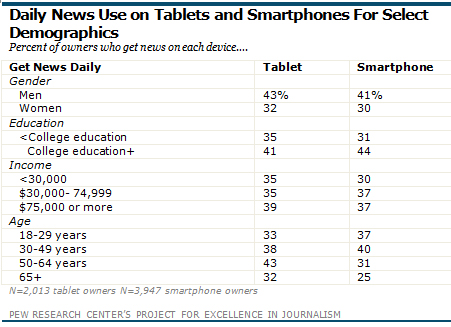During the time I was engaging with the comment stream for yesterday’s News and Observer article, most recently titled “Paul Jones has said good bye and good riddance to email”. I made a little chart explaining the relationship between age and email attitude:
Under 16 = what’s email?
16 – 25 = email is for The Man
25 – 35 = my Boss makes me use email, but I usually text when I can
35 – 50 = I wish I could quit email but I want to be The Man
50 – 70 = I am The Man. How can I possibly … w/o email?
70 – ?? = what’s email?
Interestingly enough, the categories aren’t supported just by my experience and by the various Pew studies that I’ve kept up with for my classes, but also by a nice chart included in Hootsuite CEO Ryan Holmes’ same day article in Fast Company “Email is the Pony Express–And It’s Time to Put It Down.”

Ryan also includes a 5 point indictment of email. Briefly, email is: an unproductivity tool, not collaborative, not social, a black hole, and finally a very bad way to share documents. Yes, you heard it here first (unless you got it from @elsua earlier), but Ryan’s article does a very good job of clear statements of these problems. Recommended.
Not to be left out Alexis Madrigal at The Atlantic notices that there is a “Dark Social: We Have the Whole History of the Web Wrong” in which he discovers that most sharing in person to person is via IM and email and so is unlikely to be traced except by inference in studying reference logs at websites like The Atlantic. Madrigal offers some good data from some reliable sources — again including The Atlantic web logs — but the definition of Dark Social and the question of influence remains open for further discussion. For example, an article gets hot on Reddit or –according to Mardigal– hits various listservs or whatever. That’s when it really takes off. But that is the exception. “Day after day, though, dark social is nearly always [The Atlantic’s] top referral source.”
The real question here is what is the “whatever,” the “Dark Social.” Is it text, IM, email, listservs, forums, a stop at the water cooler? And more interesting even to me, are there trends in movement toward mobile, toward IM, toward text or even toward email?















Recent Comments